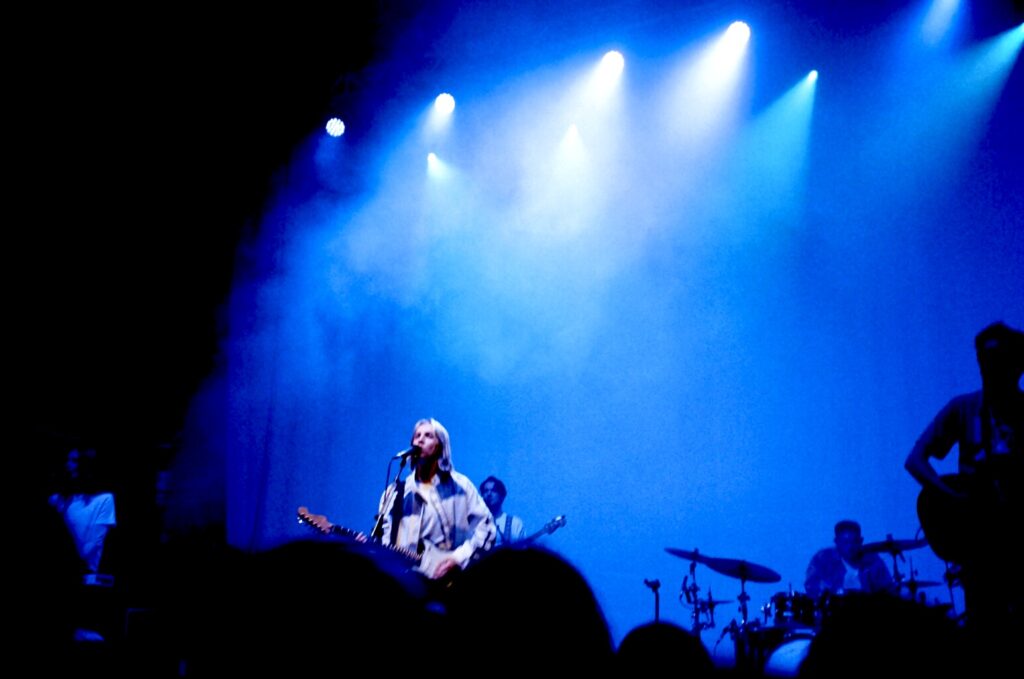
Understanding point and shoot film photography has and always will be a labour of love. You can watch hundreds of videos on the right settings, the ‘best’ camera, the ‘perfect’ ...
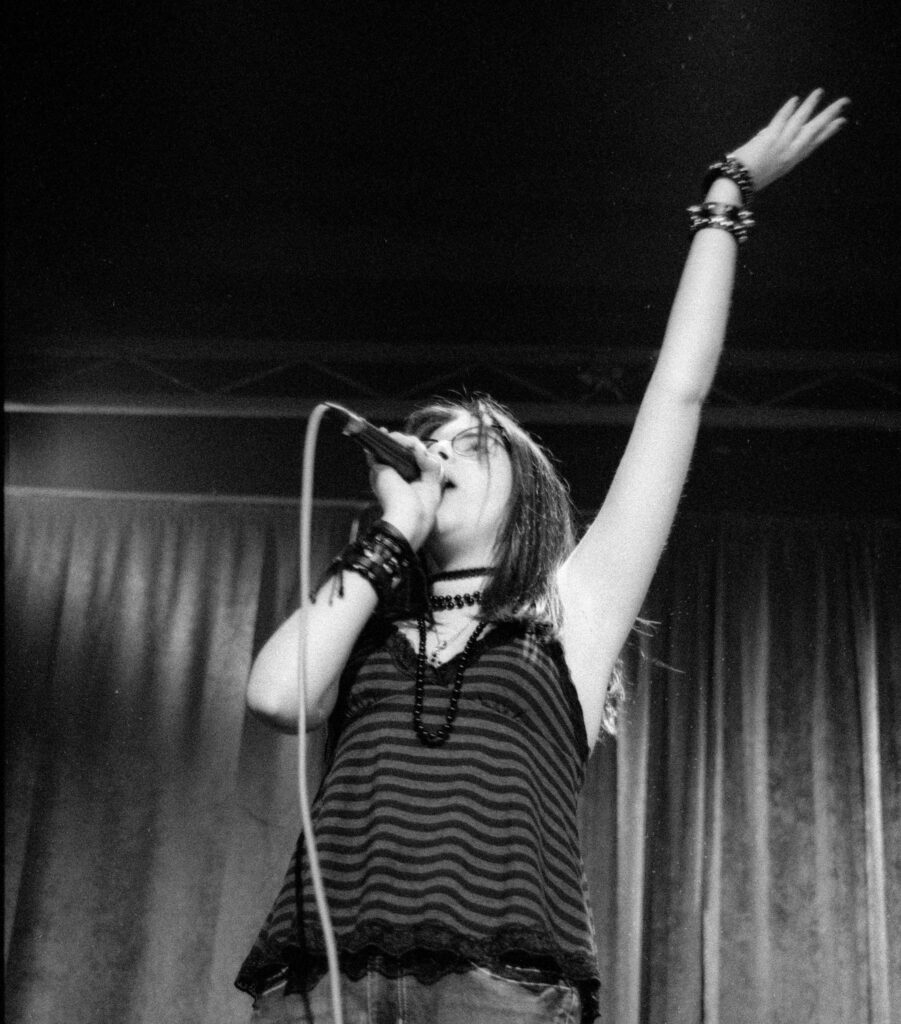
This past weekend I attended a rock concert, in one of the youth theatres around here. The reason of my presence there was twofold: the theatre is run by a good friend of mine, ...
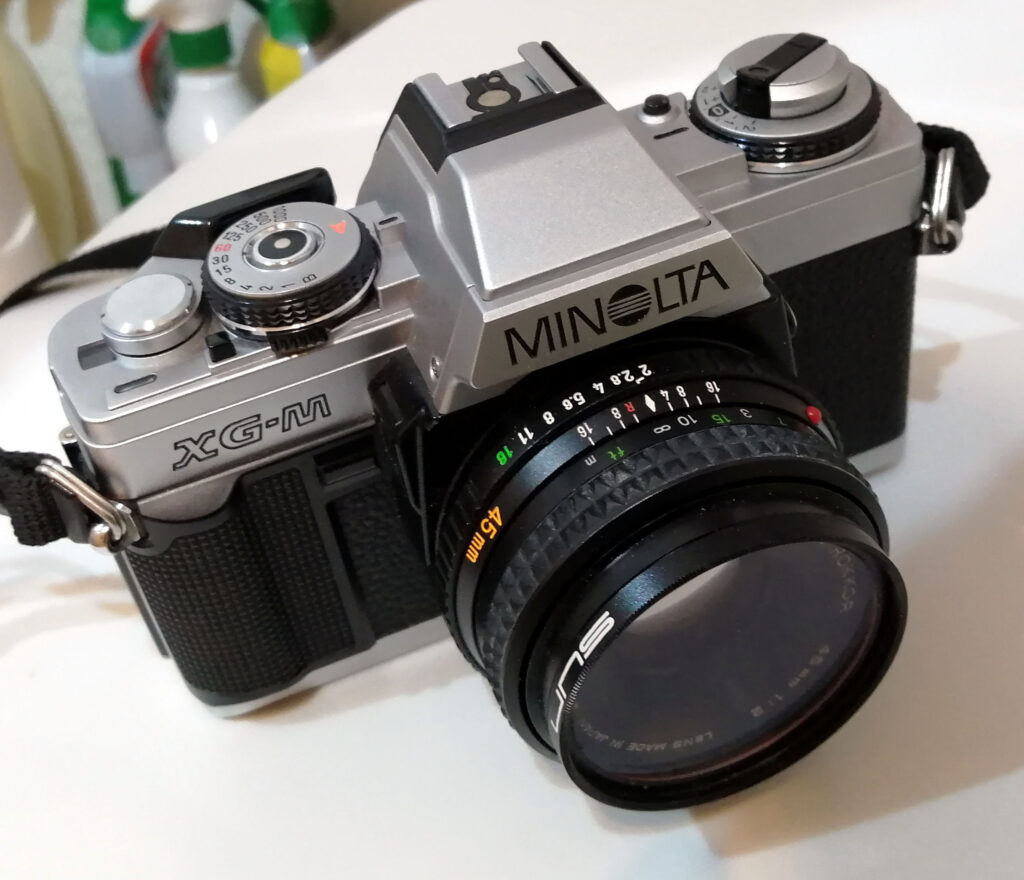
I have a multitude of cameras and lenses, collected over many years, including some left over from my professional photography days, Sadly I sold my Hasselblad 500CM, but kept ...
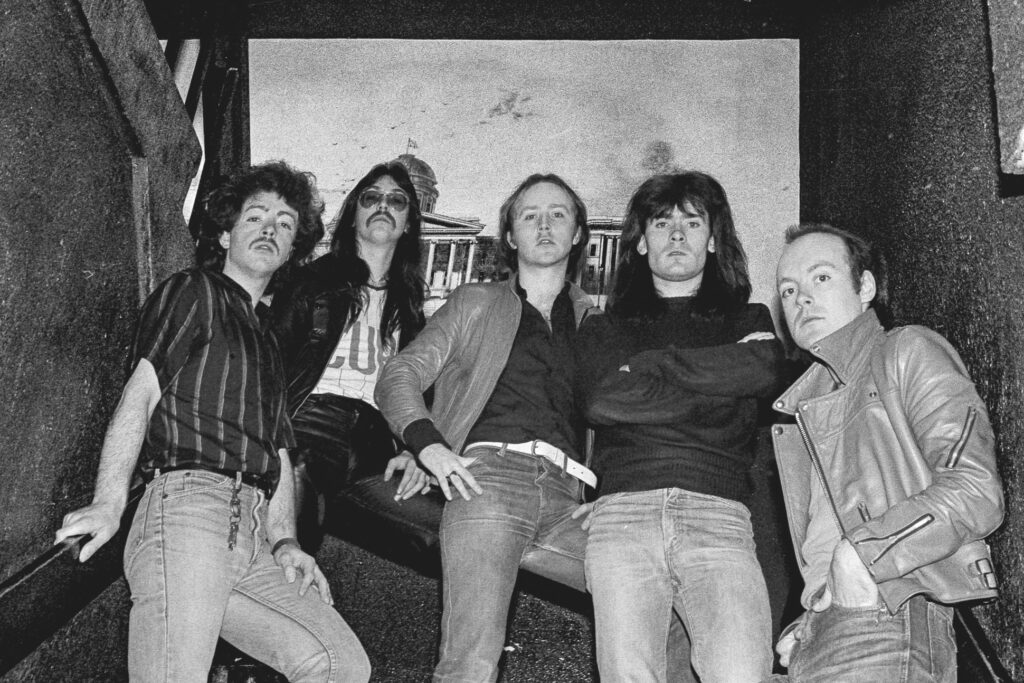
Back in 1979 I decided I’d had enough of the daily trudge of my office job for the past four years and considered it was maybe time to try something different. As I was quite en...
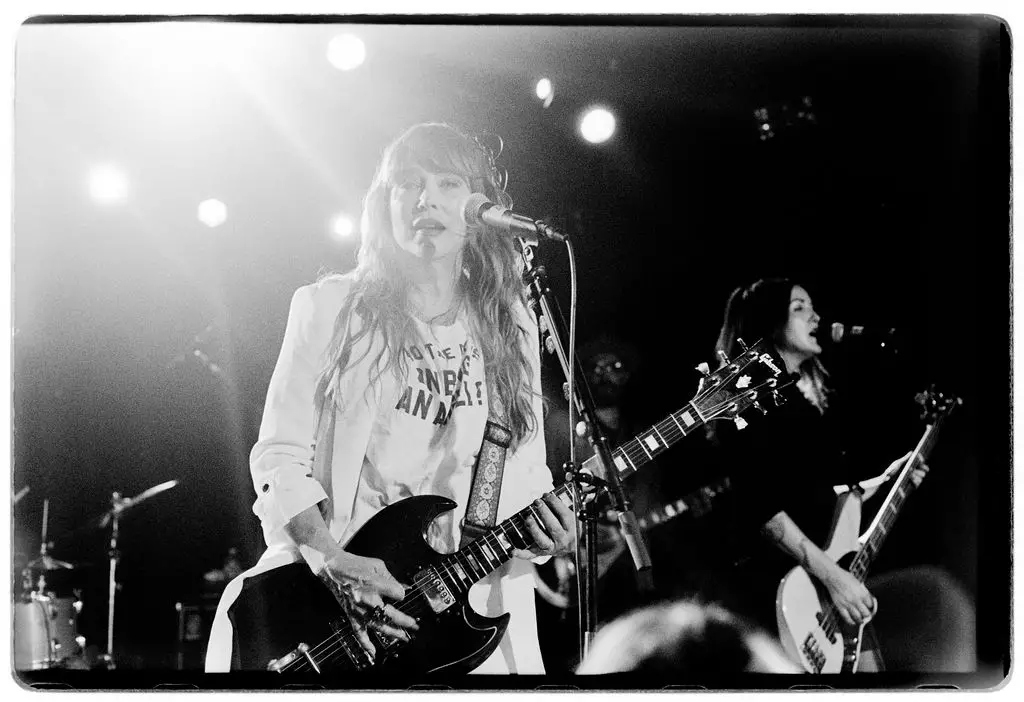
For most of the 1990’s, I knew nothing about photography. My teenage passion was for the rambunctious grunge guitar rock that, for a seemingly forgotten time, succeeded i...
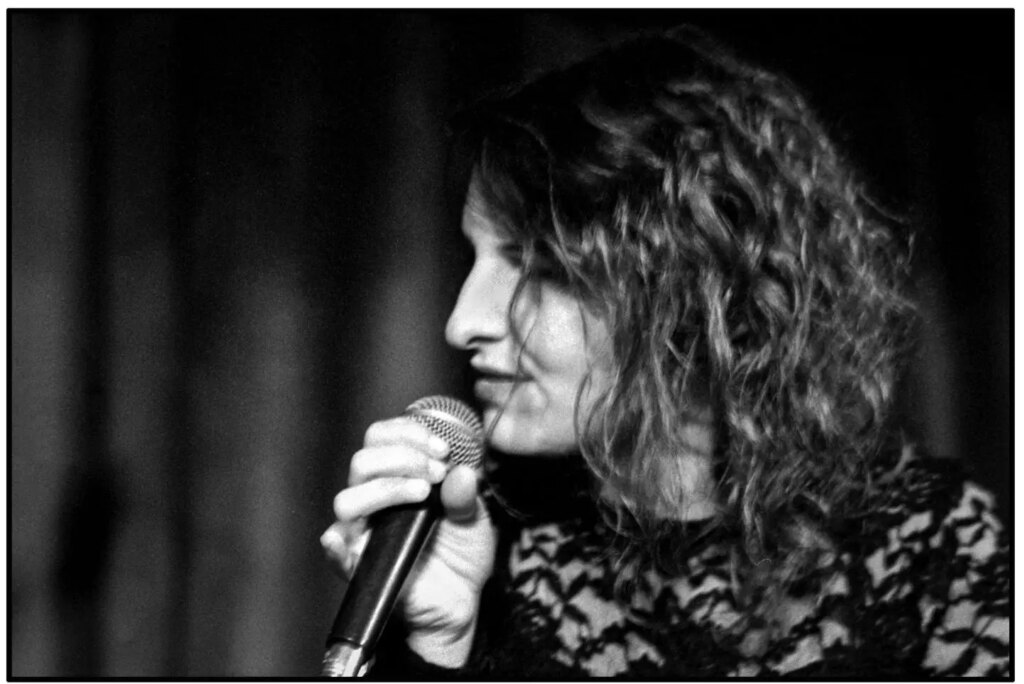
Yes I do! But maybe not in the way you might think! A couple of years ago, I had the chance to post an essay on one of my visits to an extermination camp in these very pages. I ...
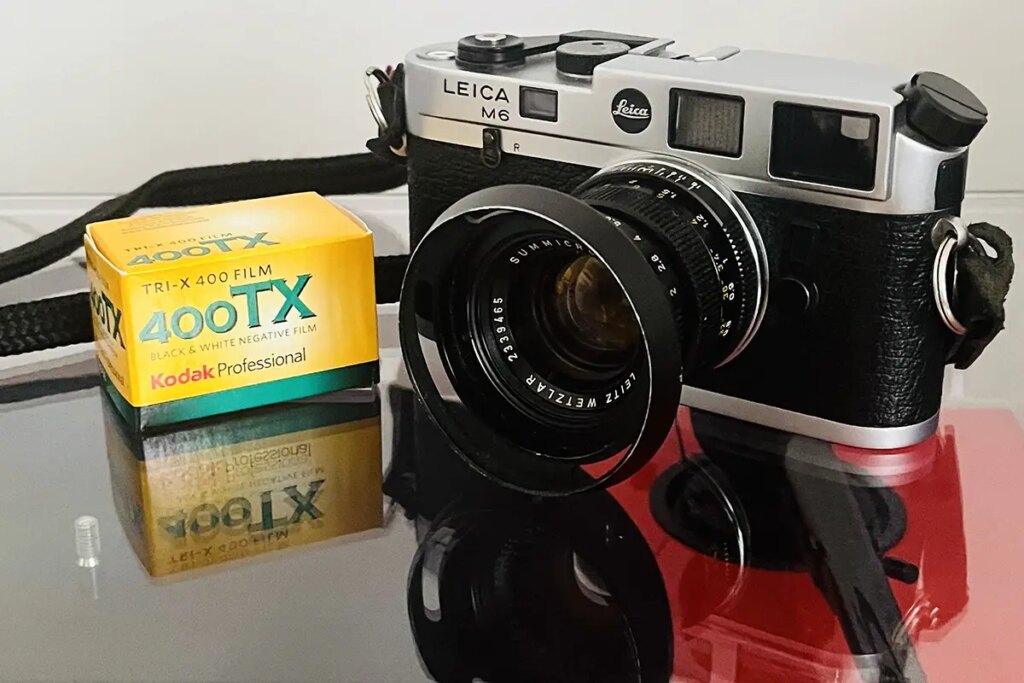
Though I've largely ploughed my creative furrow in street photography, I got my all-important start in being paid to photograph by shooting gigs on the Glasgow and Edinburgh mus...
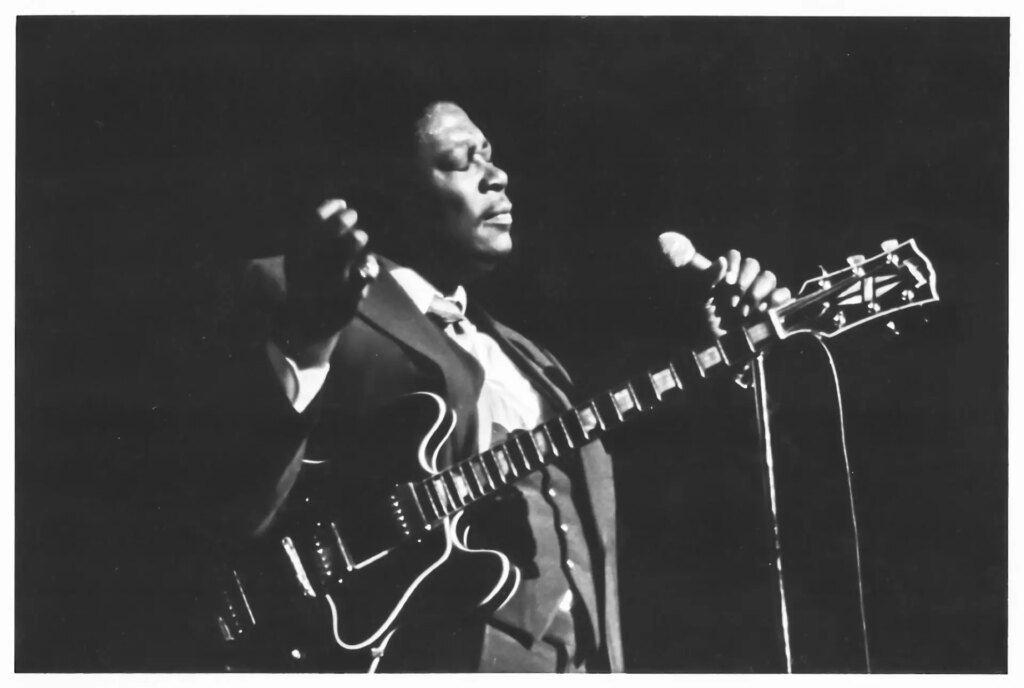
Blues legend B. B. King came to my town, Hamilton, Canada in 1983 to play at what was then called Hamilton Place. What that venue lacked in architectural character it more than...







